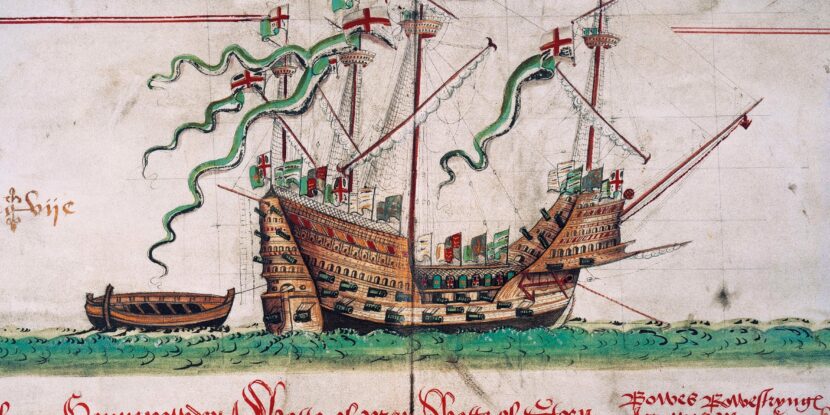The museum responsible for preserving the Mary Rose, a Tudor warship that sank in a 16th-century battle, is “queering” its collection of relics from the Renaissance era vessel.
Portsmouth’s Mary Rose Museum admits it is “impossible” to “identify the sexuality or gender identity of crew members” of the Mary Rose, but has still “use[d] ‘Queerness as an interpretative tool’ to represent LGBTQ+ stories” in its collection.
An entry on Pater Noster (Our Father) cords which belonged to crewmembers, for example, veers into a discussion of “men who had sex with men [being] punished by the church” in England prior to 1533, after which they were subject to the Buggery Act.
An entry on a wedding band found on the ship, meanwhile, is used as jumping off point for a discussion of same-sex marriage, and even a simple mirror is presented as an object which could trigger “a strong feeling of gender dysphoria” in queer people, due to “our reflection conflicting with our own gender identities.”
The lengths to which the museum has gone to insert “queerness” into the preservation of wooden warship wreckage has resulted in many complaints, and not only from conservatives.
“I am as keen as anyone on gay sex but I have to say to these curators – you’re f***ing mental,” wrote Philip Hensher, a gay creative writing professor.
Similar “queering” initiatives are present in America, with the University of Chicago recently going so far as to set up a dedicated course on “queering God”.




















